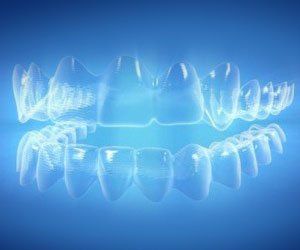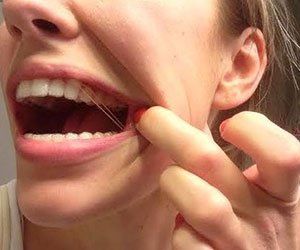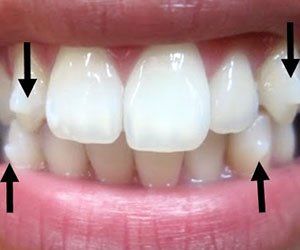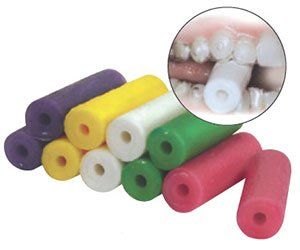Invisalign
If you need orthodontic treatment but worry about how braces will look, Invisalign® might be the solution for you! Invisalign® is a series of clear trays, or aligners, that grip your teeth and apply gentle forces to slowly move them into their new position. The trays are clear so they won’t show up in photos or interfere with social activities. You can also remove the trays to brush and floss in order to maintain good oral hygiene throughout treatment. Invisalign® will work only if the aligners are worn 22 hours a day, which means they are only removed to eat and brush and are promptly placed back onto the teeth. For this reason and others, Invisalign® is not ideal for everyone.
Book A Free Consultation
We will get back to you as soon as possible.
Please try again later.
What is Invisalign®
Invisalign® is an alternative to wire braces that uses transparent, incremental aligners to adjust teeth. It is manufactured by Align Technology, a multinational medical device company headquartered in San Jose, California. The Invisalign® treatment process involves taking a scan of the patient’s teeth that is used to create a computerized model. Using Dr. Odhner’s treatment plan, the computer model creates stages between the current and desired teeth positions that are used to individual aligners.
How Does Invisalign® Work?
Whether using traditional braces or clear aligners, the mechanisms of how teeth move are still the same: gentle, continuous forces are used to activate cells in our mouth to undergo healthy bone turnover which allows the teeth to move to a new position in the bone.
Invisalign® uses a series of separate clear trays that are worn all the time, day and night, except for eating and brushing. The trays are changed roughly once a week and designed to place gentle force on the teeth to slowly shift them into a new position. Additionally, small attachments are added to the certain teeth, see below, which allow the trays to grip the teeth better.
Invisalign Parts:

Aligners
A series of clear trays which are manufactured specifically for you. Each aligner is worn for one to two weeks at a time and gently shift the teeth into their new position. During your visits, Dr. Odhner will be able to assess your progress and may even suggest skipping a few trays depending how your teeth are straightening.

Attachments
Small tooth colored attachments are glued to certain teeth so that the trays have enough grip to properly move the teeth. This can only occur with your orthodontist, as most DIY aligners will not provide you this customized treatment. The trays will then grip the teeth better and provide the proper force vectors to get the tooth to move in the desired direction.

Rubber Bands or Elastics
The trays work by straightening the upper and lower teeth separately. In order to make sure the upper and lower teeth line up together into a healthy fitting bite, rubber bands are used to connect the top and bottom teeth. They are only required for some patients. If needed, Dr. Odhner will show you where to attach the rubber bands. You can easily remove them to eat and for social events, but work best when worn all day and night with the trays.

Chewies
These are little rubber-like chew toys that look like a cotton roll. They are used to properly seat the trays and encourage the teeth to move most efficiently. They should be used each time a tray is put back into place. Ensuring a solid placement onto your teeth and gums is needed for optimal performance.

A family orthodontist serving children, teens, and adults. Braces l Invisalign ; Teeth Straightening Options
TREATMENTS
COMPANY
All Rights Reserved | Odhner Orthodontics








